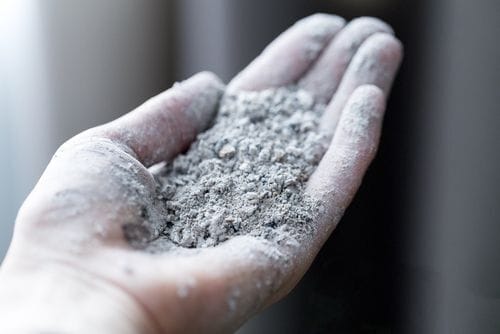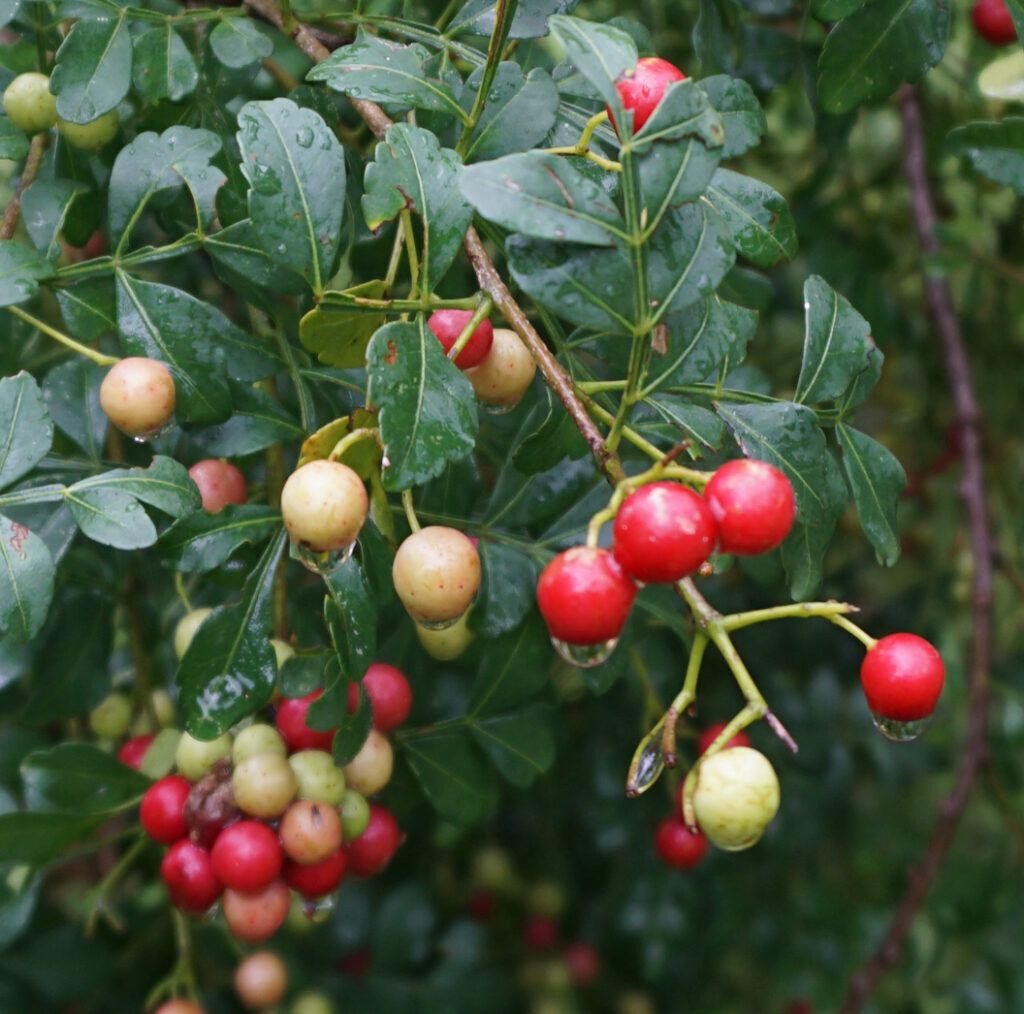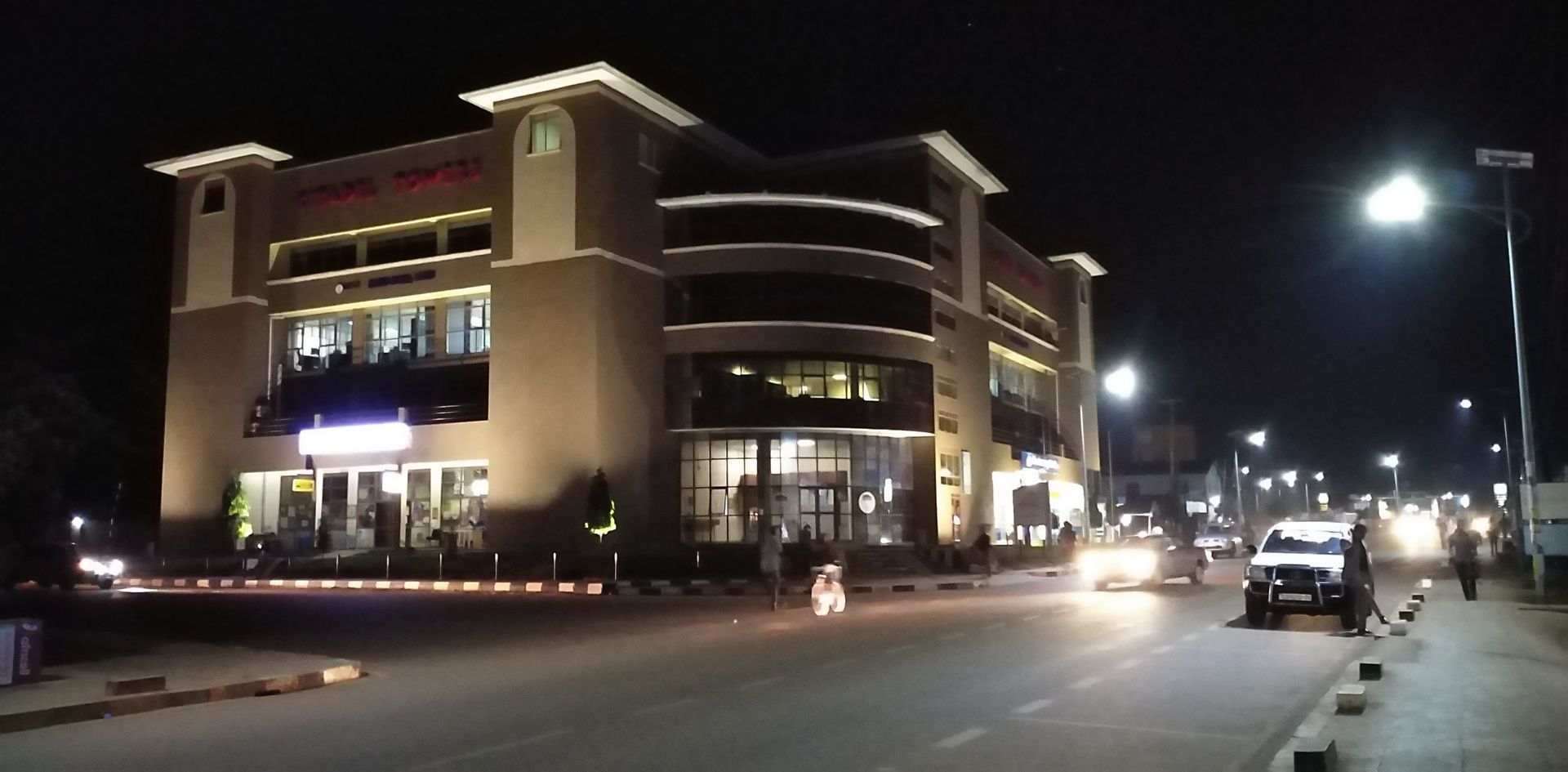- Ongwen Laodog
- Posts
- Not Your Normal News (August 2025)
Not Your Normal News (August 2025)
Ongwen Laodog


Ongwen Laodog (Not Your Normal Newsman)
HOW DID THE LANGO OF OLD MAKE SALT?

Long before table salt was sold in shops, the Lango people had their own ingenious ways of making salt from nature.
🥇 First method: From goat droppings and urine
Salt makers would scrape the floor of goat pens—especially the areas soaked in urine. This was then scraped and burnt to ash. The ash was mixed with water then filtered. Then it was boiled and water allowed to evaporate unill they were left with dry sediments of salt. That’s what was then used as salt in cooking. This special ash salt known as kado abee.
🌾 Second method: From swamp grass (Ocala)
During Idi Amin’s era, when salt became scarce, another method gained popularity. People collected a type of grass called ocala, commonly found around swamps. The grass was dried, burned, and the resulting ash was filtered with water. The salty liquid was then used in cooking.
These age-old practices are a reminder of the deep resourcefulness of the Lango people—turning even the humblest materials into essential items.
📩 Do you know more about how salt was made in traditional Lango society?
Please DM me—I'd love to hear and feature it in a future edition of the newsletter!
Akere: The Spiny Healer Hidden in Plain Sight

Akere, known botanically as Harrisinia abyssinica.
In the quiet thickets and edges of farmland across Lango and much of East Africa, grows a remarkable plant—Akere, known botanically as Harrisinia abyssinica. To the untrained eye, it may seem like a mere tangle of thorns, but to elders and traditional healers, Akere is a pharmacy in disguise, a building material, and a living witness to the ingenuity of rural life.
🔍 What is Akere?
Akere is a spiny, crumbling evergreen shrub or small tree that grows between 2 to 6 meters high, sometimes climbing when surrounded by taller vegetation. Its branches are thin, sprawling, and often drip downward, forming tangled arcs. What makes it stand out are its hook-like thorns, which can latch onto anything that brushes past—a warning to proceed with care and respect.
🛖 A Builder’s Plant: From Granary Reeds to Roofs
Before it was ever brewed for healing, Akere served the community in a practical way. In Lango, its flexible branches are prized as reeds for making the traditional granary, known as Dero. These reeds are strong but pliable, perfect for binding the frame that keeps the harvest safe.
Its use doesn’t end there. Before thatching with grass, elders would line the tops of huts with Akere reeds to provide structure and support—a technique still remembered by old village builders. In this way, Akere was both healer and homebuilder.
🌿 A Healer in the Wild: Traditional Uses of Akere
Akere’s deep roots don’t just anchor it in the soil—they also anchor it in the rich body of traditional African medicine. Various parts of the plant, especially the roots and old leaves, have been used for generations to treat a range of ailments, from rheumatism to fevers, menstrual pain, and even enlarged testicles.
Let’s break down how this is done:
💧 Understanding the Terms
Infusion: This is when plant material (usually leaves or flowers) is soaked in hot or cold boiled water, similar to making tea.
Decoction: This involves boiling tougher plant parts like roots, bark, or old leaves to extract their medicinal compounds.
🌿 How Akere is Used in Lango and Beyond
✔️ Rheumatism and Body Pains
Use the root (dried and powdered).
Add one spoonful to a cup of cold boiled water.
Let it sit for 10–15 minutes.
Filter and drink the infusion twice daily for 3–4 days.
Prepare a fresh cup each day.
✔️ Malaria and Fever
Use 3 to 4 grams of dry leaf powder.
Add to 1 liter of hot boiled water.
Allow to cool naturally.
Drink this infusion twice a day until symptoms ease.
✔️ Menstrual Pain Relief
Prepare a decoction of old leaves by boiling them in water for 10–15 minutes.
Let cool, filter, and drink twice daily during painful days.
✔️ Swollen Testicle (possibly hydrocele or inflammation)
Use a similar decoction of old leaves, taken orally twice daily for several days.
Some communities outside Uganda even use Akere as a supportive treatment for tuberculosis, though such use requires much more caution and supervision.
⚠️ A Word of Caution
While plants like Akere offer incredible healing power, they are not infinite. Overuse and environmental degradation have already begun to threaten the availability of many such plants in Lango. What once grew freely by the roadside or behind granaries is now harder to find.
If you harvest Akere, do so responsibly. Never uproot more than needed. And always remember that herbal medicine is part of a living heritage—one we must protect if we are to pass it on.
🌿 Do you have stories or experiences using Akere in your home or community? I would love to hear them for a future article. You can reply to this message or contact me directly.
7 Ordinary Things In Lira That Were Scandalous In The 1990s

Lira Now
Every city has its glow-up moments. But few places have undergone the kind of social shift that Lira City has seen over the past few decades. If you lived in Lira in the 1980s or 1990s, you might not recognize it today—not because of the buildings or roads, but because of what is now considered completely normal.
Let’s take a walk down memory lane and see how the winds of change have blown through Lira City—from scandal to standard.
👖 Ladies in Trousers? Prepare for Fire and Brimstone!
Once upon a time in Lira, a woman wearing trousers in public—let alone to church!—was walking into a storm. Street idlers, boda-boda riders, and even church leaders would launch a verbal assault of biblical proportions. The sermon that day? You guessed it: “Thou shalt not wear trousers!”
But today? No one even bats an eye. Ladies wear pants to weddings, markets, church—everywhere. The streets moved on. The sermons adjusted.
💧Bottled Water: From Non-Existent to Everywhere
In the 1990s, bottled water in Lira was like a unicorn—non-existent and only heard about in faraway places like Kampala. If you were thirsty in town, you knocked on the nearest home and asked for water. People were glad to host a thirsty traveler.
Today? Knock on someone’s door asking for drinking water and you may find yourself explaining things to the police. Bottled water (like Rwenzori) and kavera-packed water (going for UGX 100) are now sold on every corner.
🦶🏾Shoes? That Was for Big Occasions
Kids in primary school didn’t wear shoes—where would you even get them since there were no shops specialzing in selling shoes? And if they did, it was likely Omoja bathroom slippers, proudly worn like a badge of honor—even to class. The only place to buy decent shoes for kids was Bata Shoes, then located where Voice of Lango FM now stands. And their shhoes were considered by most residents as expensive.
Fast forward to today, and even nursery school kids in Lira rock polished school shoes. Omoja is out. Black school shoes are in.
🔫Armed Guards? Not Back Then.
In the 1990s, only banks had armed guards. Major offices, post offices, and the busiest shops on Obote Avenue had no such security. At most, you'd see an elderly man with a bow and arrow or a stick guarding a place at night. It felt safe—perhaps too safe.
Now? Security guards with guns are at nearly every commercial and government office in Lira. It's the new normal.
🚸 Dropping Kids at School Was Uncool
Back in the day, if you dropped your child off at school, they’d probably cry—not because they missed you, but because of the mockery that awaited. “Look at the baby brought by mummy!”
In contrast, today’s learners are chauffeured in style. And no one blinks. It’s almost expected. In fact, not dropping your child may raise eyebrows at PTA meetings.
🍽️ School Lunch? You Must Be Joking.
Growing up in Lira meant toughing it out. Village kids didn’t go home for lunch—and they certainly didn’t eat at school. Hunger was chased away with a game of football. It was common to see children playing football at lunch time at school. Town schools were a little different—some kids went home at midday, others just played until the bell rang.
These days, school lunch programs are common. Schools have kitchens. Hunger is no longer a rite of passage.
🩳 Shorts Were Cool, Trousers Were for Old Men
If you were a cool teenage boy in the 1980s or ’90s, long trousers were the ultimate “uncle” look. Young, energetic guys wore shorts—always. A pair of trousers meant you were either a schoolteacher or a wannabe old uncle.
Today, trousers are standard. Even toddlers rock fitted jeans. The age of the shorts-wearing alpha male has faded into memory.
⚠️ What’s Next?
From bottled water to trousers in church, Lira City has grown, evolved, and softened. Cultural shifts like these are often overlooked, but they reveal how dynamic and resilient our society really is.
✍️ Over to You
Were you around for these changes? Did we miss any big shifts in Lira’s social scene?
📩 Send me a message with your memories—I’m all ears!
Ongwen Laodog
email: [email protected]
Whatsapp: +256751227228
Mobile: +256785345614